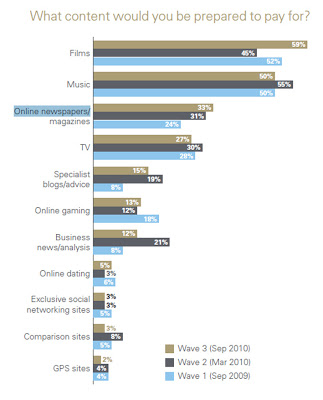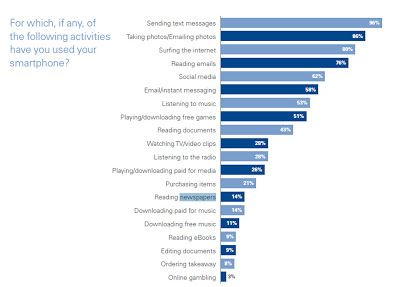Capítulo 2: Reino Unido
Gráficos, Fleet Street y la carrera por la suscripción
En el siglo XX, Fleet Street y el área próximo estaban dominadas por la prensa nacional y sus rotativas. Poco queda de la mítica calle que fue hogar del The Times y The Sun. En otros tiempos el periodista buscaba la exclusiva en la calle o mediante la búsqueda de fuentes en un artículo de investigación. En el siglo XXI, las nuevas tecnologías, internet y las redes han puesto sobre la mesa un nuevo modelo de periodista que consume parte de su tiempo delante del monitor, buceando en series de datos en busca de una historia.
Las compañías generadoras de contenidos buscan el talento innovador y el espíritu creativo de sus profesionales para mantenerse en la vanguardia de la industria. Por ello, ya no sólo son necesarios los periodistas, también buscan especialistas en marketing, analistas, diseñadores, ingenieros y nuevos roles que están todavía por definir. Los estudios estadísticos y los gráficos son ahora visibles por suscripción. Se acabaron los gráficos interactivos gratuitos o compartidos en las redes sociales. Son un producto muy valorado por los lectores.
Características de los profesionales
– Alfabetización visual: Prueba clara de alfabetización visual y la capacidad de entregar datos de manera comprensible y convincente. Profundo conocimiento de la teoría detrás de la visualización de datos y el periodismo de datos.
– Capacidad de análisis: Uso de herramientas de análisis de datos, técnicas de obtención de datos y desarrollos interactivos para profundizar en los datos y contar una historia.
– Visualización de datos: Experiencia en el uso de software de visualización para crear contenidos.
– Interactividad: Conocimiento especializado de la experiencia interactiva del usuario con gráficos, cartografías, visualizaciones de datos.
– Multiplataforma: Experiencia trabajando en un entorno de noticias ocupado en múltiples plataformas.
A continuación listamos algunos medios interesantes para conocer mejor el mundo de la visualización informativa en el Reino Unido. Son marcas globales con sedes en las principales capitales mundiales.
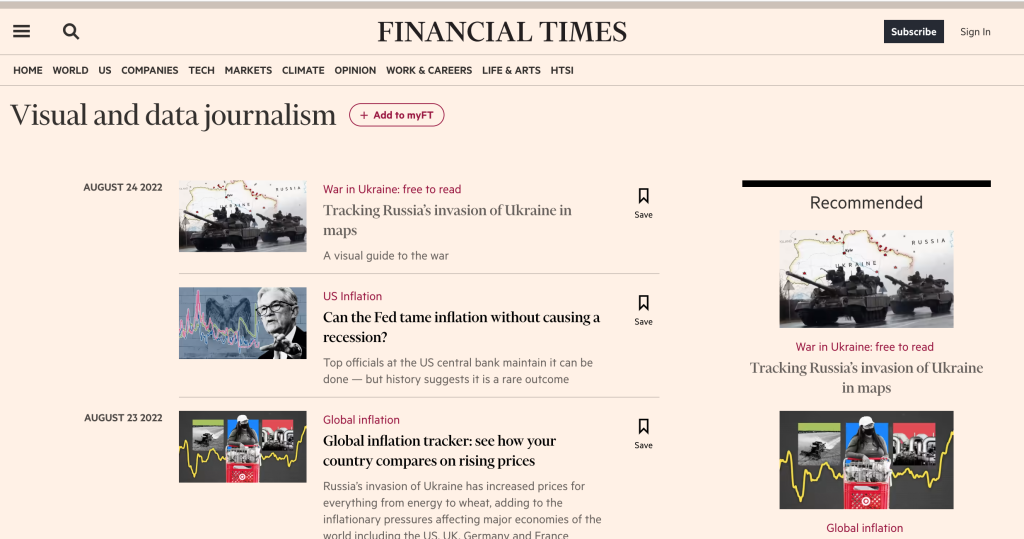
1. Financial Times, The Financial Times Ltd
Londres, Reino Unido
Con más de 125 años como una de las organizaciones de información y noticias líderes en el mundo. Publica sus propios índices bursátiles con los valores que cotizan en Londres (FTSE, FTSE 250). El diario de las finanzas global tiene una especial sensibilidad por la periodismo de datos, la visualización y la creación de un vocabulario visual compartido con la redacción.
Acceso por subscripción digital: 39 euros al mes (345 euros/año).
Subscripción digital + print : 966 euros/año
Referencias: Alan Smith Obe, John Burn-Murdoch
Links de interés
Visual and data journalism
Data visualization
The Chart Doctor (Visual Vocabulary)
Designing with data
FT Data en Twitter
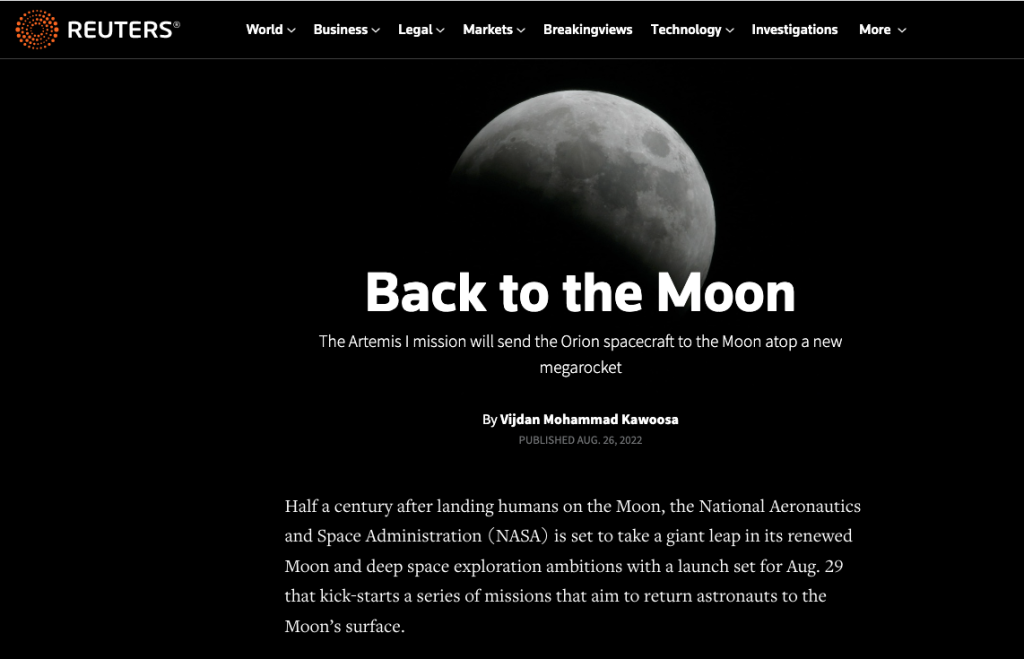
2. Reuters News Graphics Service, Thomson Reuters
Londres, Reino Unido | Nueva York, EEUU
Reuters es una agencia de noticias global de información, fundada en Londres hace más de 165 años, con sedes principales en Londres, Nueva York y Singapur. El equipo de gráficos (Reuters News Graphics Service) tiene oficinas en estas sedes. Hay alrededor de 20 miembros en todo el equipo. Cada unidad tiende a centrarse principalmente en su región (dividida en AMERS, EMEA y APAC).
Referencias: Matthew Weber, Simon Scarr, Daisy Chung, Vijdan Mohammad Kawoosa
Links de interés
Ver gráficos
Sitio Web
En Twitter
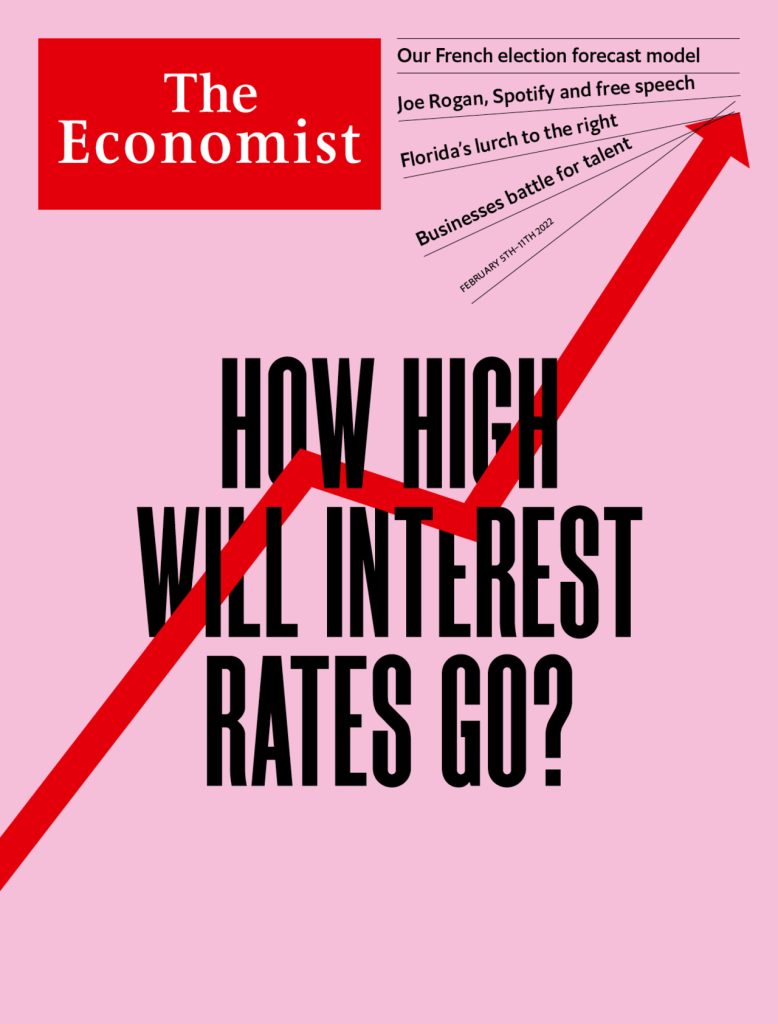
3. The Economist, The Economist Group
Londres, Reino Unido
La revista semanal de relaciones internacionales, finanzas, ciencia y tecnología ha presentado gráficos y mapas en sus páginas desde hace más de 150 años. Sus gráficos se centran en la estadística política y económica, destacando por su elegancia, limpieza y buen uso del color.
Subscripción digital: 289 euros/año
Referencias: Phil Kenny, Graham Douglas, Helen Atkinson, Adam Meara, Sarah Leo, Martín González, Alex Selby-Boothroyd
Links de interés
La sección The Graphic Detail fue creada en 2018 para potenciar el periodismo de datos.
The Economist y la visualización de datos
The Economist Data Team en Twitter

4. The British Broadcasting Corporation (BBC)
Londres, Reino Unido
El canal de noticias público creado en 1932. Hace unos años (2014-15) producían gráficos interactivos con Adobe Flash y librerías de Javascript como D3. En la actualidad realizan piezas de información estadística con librerías de R, como ggplot2, infografías estáticas y animaciones para TV.
https://www.bbc.co.uk/news/11628973
Referencias: Chris Ashton
Links de interés
BBC News Graphics en Twitter (sin mantenimiento desde 2020)
BBC Visual and Data Journalism Cookbook
News Interactives and Graphics
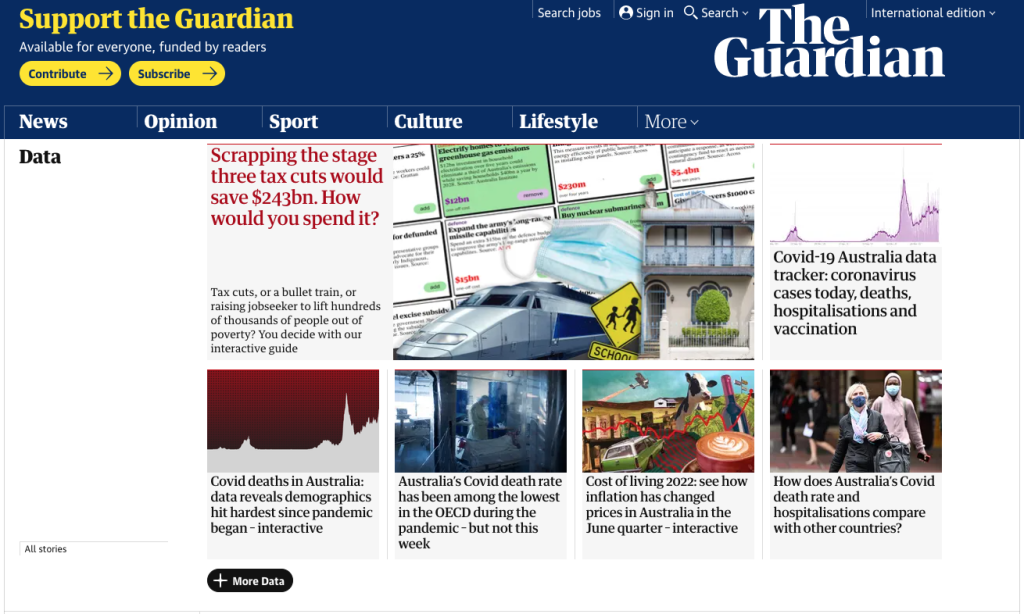
5. The Guardian, The Guardian Media Group (Scott Trust)
Londres, Reino Unido
El diario liberal tiene una edición en el Reino Unido y dos sitios web internacionales, Guardian Australia (2013) y Guardian US (2011).The Guardian lanzó su Datablog en 2009, el sitio web de referencia de la estadística y los datos periodísticos.
Subscripción digital: 282 euros/año
Referencias: Simon Rogers, Cath Levett, Mariana Santos, Alvin Chang, Caelainn Barr, Mona Chalabi, Nick Evershed
Links de interés
The Guardian Data Visualization
The Guardian Graphics
















